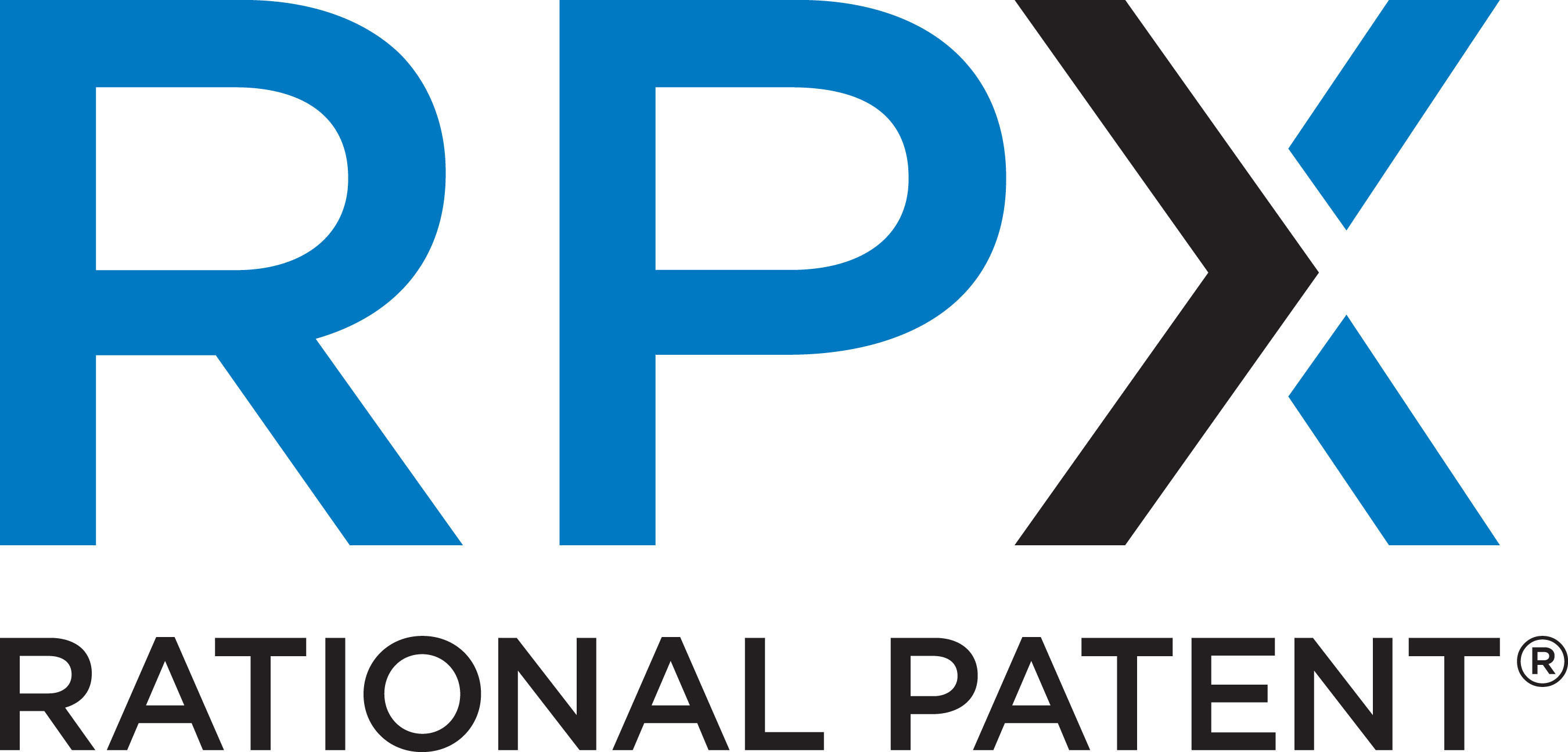Rpx Corporation Rpxc Position Maintained By Swiss National Bank

RPX Corporation (NASDAQ: RPXC) is a prominent player in the burgeoning field of intellectual property risk management. Recently, the Swiss National Bank (SNB), a key financial institution in Switzerland, has maintained its position in RPX Corporation, fueling speculation about the potential trajectory of the company in light of market dynamics and broader economic conditions. This article will delve into the implications of SNB’s decision, providing a detailed analysis of RPX Corporation, its strategic initiatives, and the external factors influencing its market positioning.
Established in 2010, RPX Corp. has carved a niche for itself by offering innovative solutions to mitigate litigation risks associated with intellectual property (IP) disputes. The company provides clients with a platform to acquire patents and settle disputes, thereby protecting against the financial repercussions of patent litigation. RPX's business model is predicated on the concept of defensive purchasing, wherein the firm acquires patents to prevent costly litigation for its clients, which include many high-profile technology companies. This proactive approach not only safeguards companies from external threats but also enhances their overall innovation strategies.
The ongoing support from the Swiss National Bank underscores the institutional confidence in RPX Corporation’s business model and financial health. By maintaining its investment in RPX, SNB signals a belief in the company’s potential for sustainable growth in a highly competitive industry. Just as importantly, the Swiss National Bank’s involvement provides a level of stability that can often translate to improved investor sentiment. Financial institutions typically undertake rigorous due diligence before committing capital, and their commitment often acts as a bellwether regarding the long-term prospects of a company.
In recent months, RPX has embarked on several strategic initiatives aimed at enhancing its market position and expanding its service offerings. A careful examination of these initiatives reveals a multifaceted approach to business growth, marked by diversification and innovation. One of the most notable developments has been RPX's focus on enhancing its technological capabilities. The company has invested in advanced analytics and data-driven tools that allow clients to better understand the IP landscape and make informed decisions.
Moreover, RPX has expanded its network of partnerships and collaborations with various entities, including universities, research institutions, and technology companies. By fostering these relationships, RPX not only broadens its intellectual property portfolio but also reinforces its standing as a thought leader in the field of IP risk management. Such collaborations enhance the company’s ability to provide comprehensive solutions tailored to specific client needs, further solidifying its competitive edge.
Market dynamics, however, are fraught with challenges that can impact the broader industry landscape, including regulatory changes, technological advancements, and shifting consumer behaviors. The rise of artificial intelligence (AI) and its implications for intellectual property rights add a layer of complexity to RPX’s operational framework. As new technologies emerge, they often lead to novel patent application trends and potential disputes that can create both challenges and opportunities for RPX. The company’s ability to adapt and evolve in response to these changing dynamics will be pivotal in determining its future success.
Additionally, the volatile economic environment has forced many companies to re-evaluate their financial strategies. Economic downturns can lead to an uptick in litigation as companies seek to protect their interests aggressively. This scenario might bolster demand for RPX’s services, positioning the company strategically to benefit from an uptick in IP litigation cases. Conversely, a thriving economy may result in fewer disputes but could also incentivize companies to enhance their innovation efforts, potentially leading to increased reliance on RPX for proactive patent management.
The broader investment community has been closely monitoring RPX’s performance amidst these dynamics. Analysts are weighing the potential implications of the SNB’s continued support alongside varying economic signals. The interaction of institutional investments with market sentiment can create a ripple effect, encouraging further investments from other entities, thereby amplifying market confidence in RPX’s prospects. Furthermore, an influx of investment can bolster RPX's research and development capabilities, fostering innovation and enhancing its service offerings.
Another noteworthy aspect of RPX Corporation's strategic positioning is its focus on fostering a culture of transparency and efficiency. The company has consistently emphasized the importance of clear communication with stakeholders, ensuring that investors are well-informed about corporate strategies, financial performance, and market trends. This approach not only builds trust but also enhances RPX’s reputation in the investment community, leading to improved engagement and potentially attracting new investors.
In conclusion, the Swiss National Bank's decision to maintain its position in RPX Corporation reflects a deep-seated confidence in the company's resilience and strategic direction amidst volatile market conditions. As RPX continues to navigate the complex landscape of intellectual property management, it will be imperative for the company to remain agile, harnessing technological advancements and fostering collaborative partnerships. The interplay of external factors, including economic trends and technological developments, will shape RPX’s future trajectory, making it a compelling case study in the realm of contemporary financial and corporate strategies. Investors and industry stakeholders alike will undoubtedly be attuned to RPX’s next steps as it positions itself for growth in an evolving context.
Post a Comment